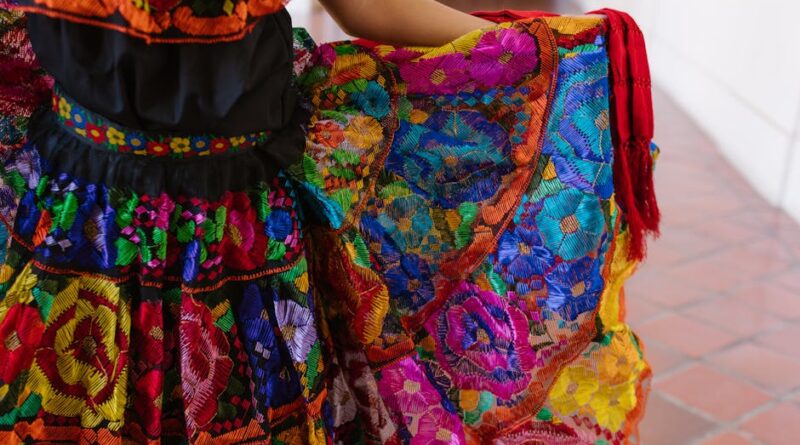Exploring Regional Fashion Influences: A Deep Dive into Cultural Style Trends
Welcome to the fascinating world of regional fashion influences, where tradition, culture, and history converge to shape the way we dress and express ourselves. From the vibrant colors of African prints to the minimalist elegance of Scandinavian design, regional fashion influences play a significant role in defining our personal style and showcasing our identity. In this comprehensive guide, we will delve into the rich tapestry of global fashion, examining the unique characteristics and trends that define different regions around the world.
The Historical Roots of Regional Fashion
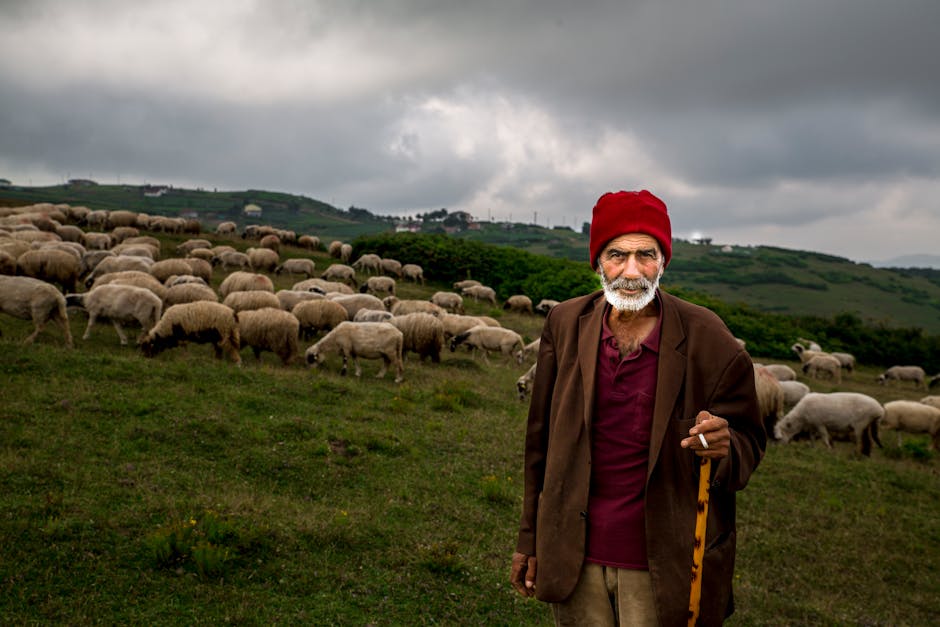
Regional fashion influences have deep historical roots that date back centuries. In many cultures, clothing has been used as a form of expression, reflecting societal norms, values, and traditions. For example, traditional Japanese attire such as the kimono is not just a piece of clothing but a symbol of Japanese culture and heritage. The intricate patterns and designs woven into the fabric tell a story of the country’s rich history and craftsmanship.
Similarly, the bright and colorful textiles of Latin America are a reflection of the region’s vibrant culture and indigenous heritage. From the intricate embroidery of Mexican dresses to the bold patterns of Peruvian textiles, each piece of clothing carries a piece of history and tradition.
As fashion has evolved over the years, these regional influences have continued to shape the way we dress and the trends we follow. While global fashion trends may come and go, regional styles often remain timeless, rooted in the cultural identity of a particular place.
The Impact of Globalization on Regional Fashion
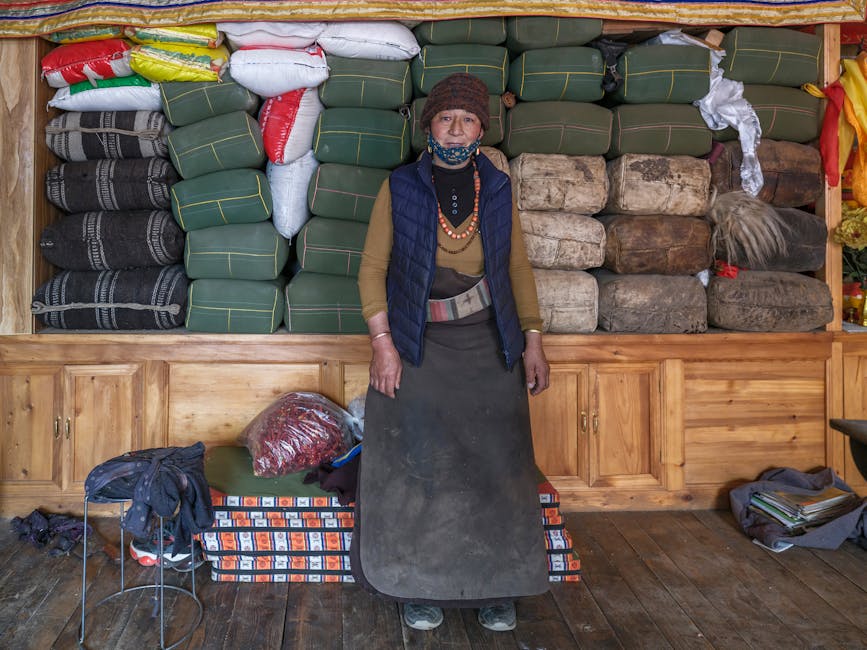
In today’s interconnected world, the influence of regional fashion has become more pronounced than ever. Globalization has made it easier for people to access different styles and trends from around the world, leading to a blending of cultural influences and a diversification of fashion choices.
For example, the rise of streetwear culture in urban centers like Tokyo, New York, and London has led to a fusion of styles from different regions. Japanese streetwear brands like A Bathing Ape have gained international acclaim, influencing the way people dress in cities across the globe. Similarly, the popularity of Scandinavian minimalism has permeated the fashion industry, with brands like Acne Studios and COS setting the tone for understated elegance.
While globalization has brought about a more interconnected fashion landscape, it has also sparked debates about cultural appropriation and the commodification of traditional styles. As fashion brands continue to draw inspiration from different regions, questions have been raised about the ethical implications of borrowing and repackaging cultural symbols for mass consumption.
Regional Fashion Influences Around the World
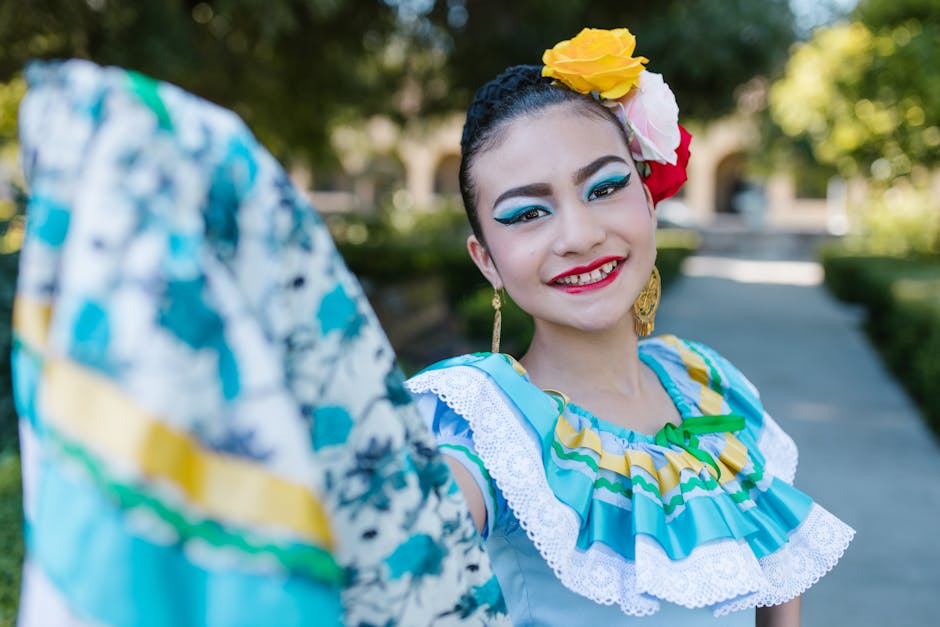
Let’s take a closer look at some of the most influential regional fashion trends from around the world:
African Fashion
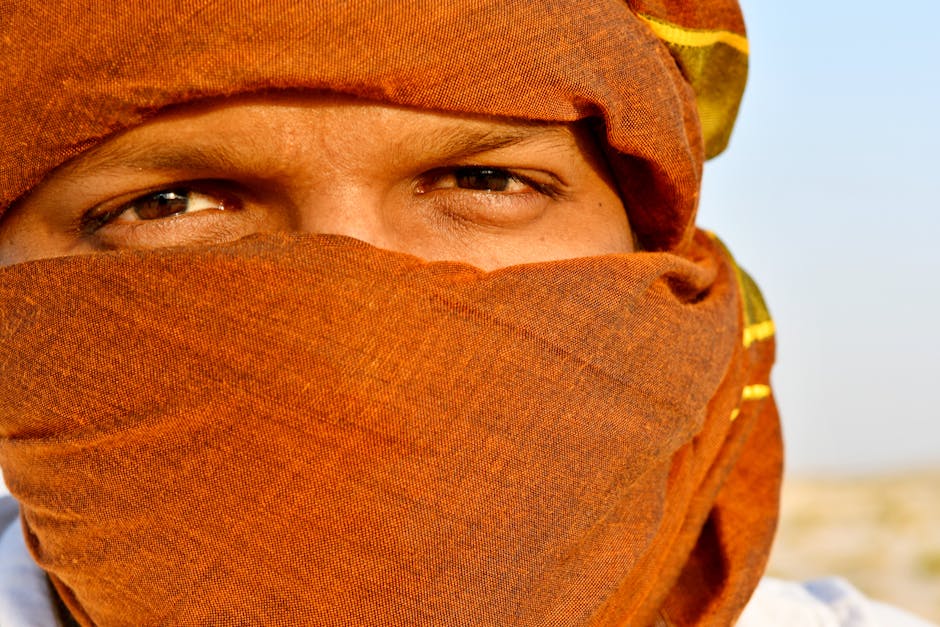
African fashion has seen a resurgence in recent years, with designers drawing inspiration from the continent’s rich cultural heritage. From the bold prints of Ankara fabric to the intricate beadwork of Maasai jewelry, African fashion is known for its vibrant colors and unique patterns.
Designers like Duro Olowu and Lisa Folawiyo have gained international recognition for their innovative designs that blend traditional African textiles with contemporary silhouettes. The rise of African fashion weeks in cities like Lagos, Accra, and Johannesburg has further solidified the continent’s position as a hub of creativity and talent.
One of the defining characteristics of African fashion is its emphasis on sustainability and ethical production practices. Many African designers work with local artisans and craftsmen to create their collections, supporting traditional skills and promoting economic development in their communities.
Scandinavian Fashion
Scandinavian fashion is synonymous with clean lines, minimalist design, and a neutral color palette. Brands like Ganni, Acne Studios, and COS have garnered a global following for their understated yet chic aesthetic.
The concept of “hygge,” which refers to a feeling of coziness and contentment, has influenced Scandinavian fashion, with designers focusing on comfort and quality in their collections. The region’s harsh climate has also played a role in shaping the way Scandinavians dress, with an emphasis on practicality and functionality.
Scandinavian fashion is also known for its commitment to sustainability and ethical production. Many brands in the region prioritize eco-friendly materials and transparent supply chains, reflecting the region’s values of environmental consciousness and social responsibility.
Indian Fashion
Indian fashion is a melting pot of colors, textures, and patterns, reflecting the country’s diverse cultural heritage. From the elegant drapes of a saree to the intricate embroidery of a lehenga, Indian fashion is a celebration of craftsmanship and artistry.
Designers like Sabyasachi Mukherjee and Anita Dongre have put Indian fashion on the global map, showcasing the rich traditions and exquisite craftsmanship of the country. The popularity of Indian textiles like silk, cotton, and khadi has also contributed to the global appeal of Indian fashion.
One of the key trends in Indian fashion is the revival of traditional crafts and techniques. Artisans across the country are working to preserve age-old practices like handloom weaving, block printing, and embroidery, ensuring that these skills are passed down to future generations.
Latin American Fashion
Latin American fashion is a vibrant mix of colors, textures, and influences, reflecting the region’s rich cultural tapestry. From the bold patterns of Mexican textiles to the intricate weavings of Peruvian garments, Latin American fashion is a feast for the eyes.
Designers like Carolina Herrera and Johanna Ortiz have brought Latin American fashion to the global stage, showcasing the region’s unique aesthetic and craftsmanship. The use of indigenous materials like alpaca wool, agave fiber, and vegetable-dyed textiles has also set Latin American fashion apart from the rest.
One of the defining characteristics of Latin American fashion is its celebration of identity and cultural heritage. Many designers draw inspiration from pre-Columbian traditions and indigenous motifs, infusing their collections with a sense of history and pride.
The Future of Regional Fashion
As we look to the future, regional fashion influences are likely to continue shaping the way we dress and express ourselves. With the rise of sustainable and ethical fashion practices, designers are increasingly turning to traditional techniques and materials to create unique and timeless pieces.
Globalization will also play a key role in the evolution of regional fashion, as designers draw inspiration from different cultures and traditions to create innovative and inclusive collections. As consumers become more conscious of the impact of their fashion choices, there will be a greater emphasis on supporting local artisans and preserving cultural heritage.
Ultimately, regional fashion influences are a testament to the power of creativity and self-expression. By embracing the diverse styles and traditions of different regions, we can create a more inclusive and vibrant fashion landscape that celebrates the beauty of cultural diversity.
To Wrap Things Up
Regional fashion influences are a reflection of our shared history, culture, and identity. From the intricate patterns of African prints to the minimalist elegance of Scandinavian design, each region offers a unique perspective on fashion and style. By embracing these diverse influences, we can create a more inclusive and sustainable fashion industry that celebrates the beauty of cultural diversity.
As we continue to explore the rich tapestry of global fashion, let’s remember the importance of respecting and honoring the traditions and craftsmanship of different regions. By supporting local artisans and designers, we can ensure that regional fashion influences continue to thrive and inspire future generations.

